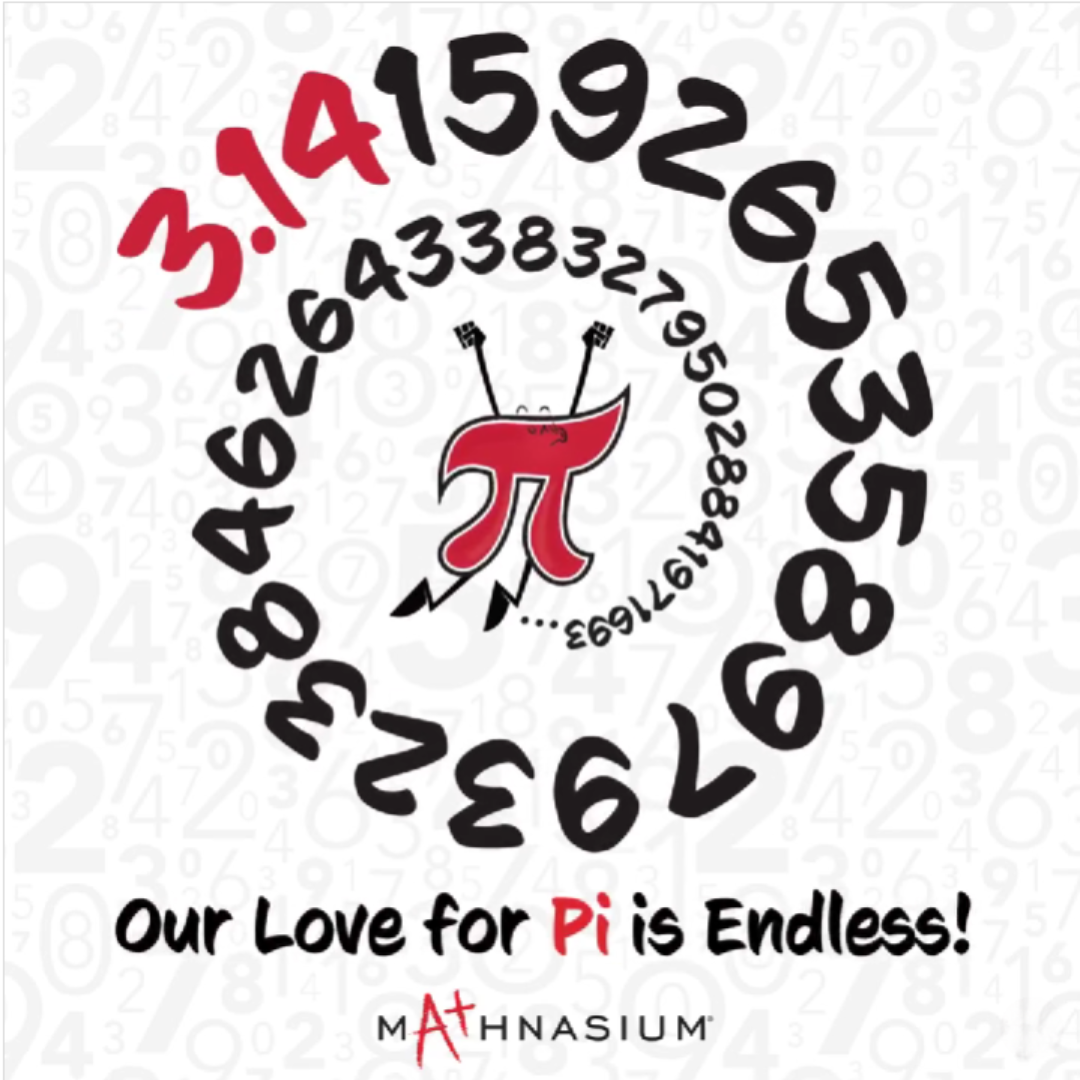Harrow
20 College Road
, Harrow
London, HA1 1BE
London, HA1 1BE

It’s our favourite time of year again! 14th of March marks another maths holiday to celebrate the mathematical constant pi (π), reminding us that maths is fun and applicable outside the classroom.
Pi is the ratio of a circle’s circumference (C) to its diameter (d). In other words, the distance around a circle divided by the distance across the circle is always the same number: π = C⁄d. You can take any perfect circle and divide these two measurements to get ~22⁄7 or ~3.14. Since pi is an irrational number, it goes on forever and ever without repeating a pattern!
Just like its digits, pi’s uses extend infinitely. NASA (National Aeronautics and Space Administration) has told us that pi’s uses go beyond Earth, from operating a parachute on Mars and getting new perspectives on Saturn, to talking to spacecraft.1 But mathematicians, physicists, and engineers are not the only ones to recognise the beauty of pi. Artists have taken this irrational number and created stunning pieces to display its wonder.
Now it is you and your child’s turn to explore pi. Download our activities to discover as many digits of pi as you can and create your own pi art pieces. Collect circular objects and find the ratio between their circumference and diameter. Record your child’s measurements in the table provided and calculate the approximation of pi. Vary the sizes of circles. For example: a coin, a digestive biscuit, and a hula-hoop.
Here are some more facts about this mathematical wonder.
